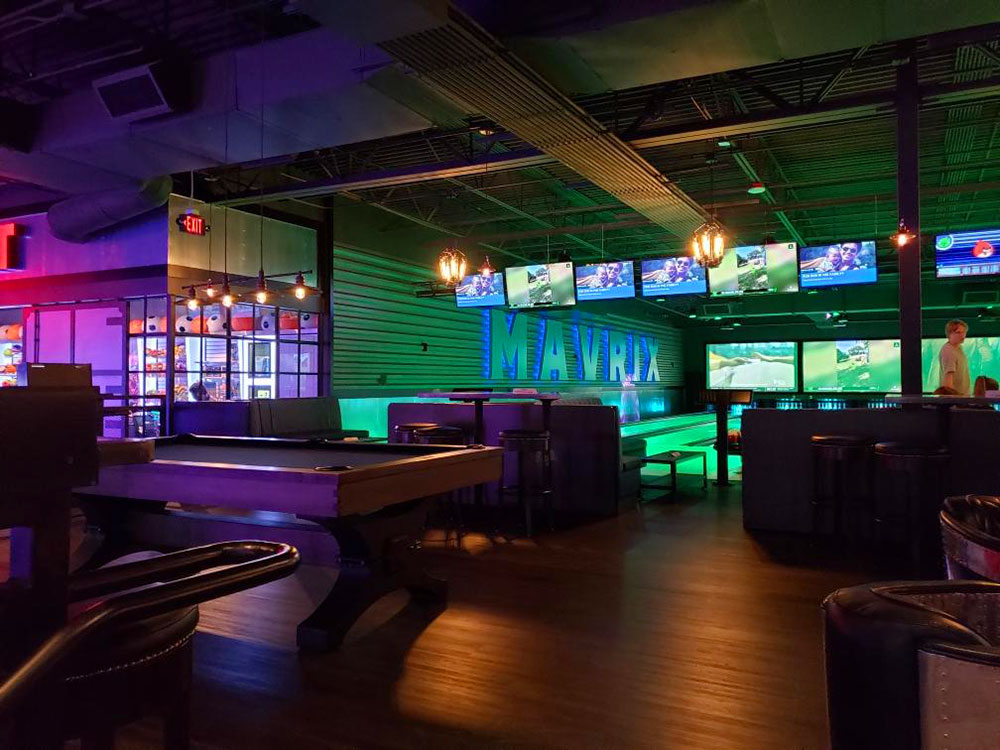
British MPs seldom discuss aesthetics. Tax and trade dominate the agenda. On a spring evening this year, MPs were talking about light. Yasmin Qureshi, Labour MP for Bolton South and Walkden, stood with conviction. Her message was uncompromising: authentic neon is cultural heritage. She warned against plastic imitations, noting they erase tradition. If it is not glass and gas, it is not neon. Another Labour voice joined, sharing his own commissioning of neon art in Teesside.
The benches responded warmly. Statistics gave weight to the passion. From hundreds, the number has fallen to a few dozen. No apprentices follow. Without action, the tradition could vanish. Qureshi proposed legal recognition, like Cornish pasties. Defend the craft. Support also came from Jim Shannon, DUP, adding an economic perspective. Neon remains a growth sector. His point: this is not nostalgia but business. Closing remarks came from Chris Bryant, Minister for Creative Industries.
He teased the chamber with jokes, earning heckles. Yet after the laughter, he admitted neon’s value. He listed Britain’s neon landmarks: Piccadilly Circus billboards. He argued neon can outlast LEDs. Where lies the problem? The answer is authenticity. Consumers are misled. That erodes trust. A question of honest labelling. If Scotch must come from Scotland, then neon should mean glass and gas. The debate mattered beyond signage. Do we accept homogenised plastic across every street?
Our position is clear: real neon matters. The Commons was illuminated. The protection remains a proposal. But the campaign is alive. If Westminster can defend glow, so can we all. Look past cheap imitations. Choose neon.
If you beloved this report and you would like to obtain much more facts pertaining to bar and restaurant neon kindly visit our web site.
